Home>Furniture & Design>Interior Design Trends>How Much Sugar Is A Glass Of Chardonnay
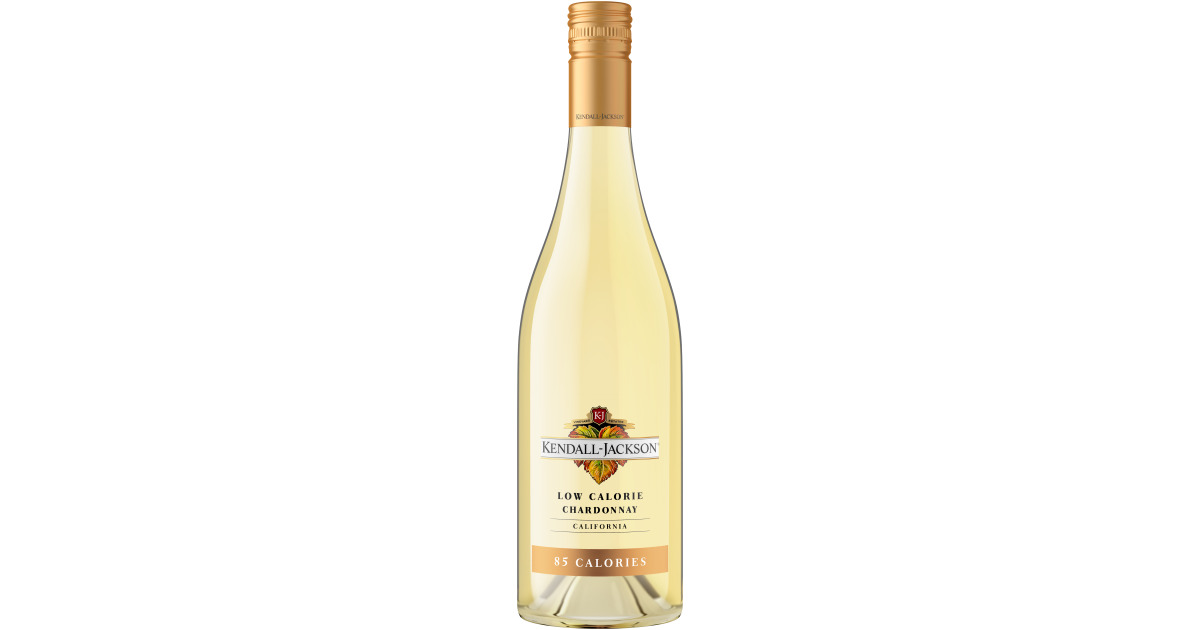

Interior Design Trends
How Much Sugar Is A Glass Of Chardonnay
Modified: February 6, 2024
Discover the latest interior design trends for your home and learn how much sugar is in a glass of Chardonnay. Explore the perfect balance of style and health with our expert insights.
(Many of the links in this article redirect to a specific reviewed product. Your purchase of these products through affiliate links helps to generate commission for Storables.com, at no extra cost. Learn more)
Introduction
Chardonnay, a popular white wine known for its versatility and wide range of flavors, has garnered attention not only for its taste but also for its sugar content. Understanding the sugar levels in Chardonnay is crucial for individuals who are mindful of their sugar intake, particularly those with dietary restrictions or health concerns. This article delves into the intricacies of sugar content in Chardonnay, shedding light on the factors influencing these levels and the potential health implications associated with consuming sugary Chardonnay. Additionally, it provides valuable tips for selecting lower sugar Chardonnay options, empowering readers to make informed choices when indulging in this beloved varietal. Let's embark on a journey to unravel the mysteries of sugar in Chardonnay and discover how it impacts our wine-drinking experiences.
Key Takeaways:
- Chardonnay’s sugar levels vary, impacting its taste and health effects. Understanding labels, winemaking techniques, and regional variations can help choose lower sugar options for a balanced wine experience.
- Factors like grape ripeness, climate, and winemaking techniques influence Chardonnay’s sugar content. Exploring these elements empowers wine enthusiasts to appreciate the diverse range of flavors and styles.
Read more: How Much Sugar Is In A Glass Of Cabernet
Understanding the sugar content in Chardonnay
When it comes to understanding the sugar content in Chardonnay, it's essential to recognize that the level of residual sugar in this popular white wine can significantly impact its taste profile. Residual sugar refers to the natural grape sugars that remain in the wine after the fermentation process is complete. These sugars play a pivotal role in shaping the wine's flavor, texture, and overall sweetness.
Chardonnay, known for its versatility, can exhibit a wide spectrum of sugar levels, ranging from bone-dry to noticeably sweet. The perception of sweetness in Chardonnay is influenced by the residual sugar present in the wine, which can be measured in grams per liter (g/L) or as a percentage of the wine's total volume. Wines with lower residual sugar content are often described as "dry," while those with higher levels may be perceived as "off-dry" or "sweet."
Winemakers employ various techniques to manage the sugar content in Chardonnay, including controlling the fermentation process and blending different wine lots to achieve the desired sweetness. Additionally, factors such as grape ripeness at harvest, climate, and winemaking style can all contribute to the final sugar levels in Chardonnay.
Understanding the sugar content in Chardonnay goes beyond mere sweetness; it also impacts the wine's overall balance and mouthfeel. Wines with higher residual sugar may exhibit a fuller body and a perceived roundness on the palate, while drier Chardonnays often showcase a crisper, more refreshing character.
For consumers seeking a Chardonnay with a specific sugar profile, it's essential to pay attention to the wine label, as it may provide valuable insights into the wine's sweetness level. Terms such as "brut," "extra brut," or "zero dosage" typically indicate a drier style, while descriptors like "off-dry," "semi-sweet," or "sweet" suggest a more pronounced sugar presence.
In essence, understanding the sugar content in Chardonnay allows wine enthusiasts to appreciate the diverse range of flavors and styles offered by this beloved varietal. By discerning the impact of residual sugar on Chardonnay, individuals can make informed choices that align with their taste preferences and dietary considerations, ultimately enhancing their wine-drinking experiences.
Factors influencing sugar levels in Chardonnay
The sugar levels in Chardonnay are influenced by a myriad of factors that collectively contribute to the wine's sweetness and overall flavor profile. Understanding these influential elements provides valuable insights into the complexities of Chardonnay production and the diverse range of styles available to wine enthusiasts.
-
Grape Ripeness: The ripeness of the Chardonnay grapes at the time of harvest significantly impacts the sugar levels in the resulting wine. Grapes harvested at a higher level of ripeness tend to contain more natural sugars, which can translate into a sweeter wine. Winemakers carefully monitor the grape ripening process to determine the optimal time for harvest, aiming to achieve the desired balance of sugar, acidity, and flavor in the final wine.
-
Climate and Terroir: The unique characteristics of the vineyard's climate and terroir, including factors such as temperature, sunlight exposure, and soil composition, play a pivotal role in shaping the sugar content of Chardonnay grapes. Warmer climates often yield riper grapes with higher sugar levels, while cooler regions may produce grapes with lower sugar concentrations. This interplay between climate and terroir contributes to the diverse spectrum of Chardonnay styles found across different wine-growing regions.
-
Winemaking Techniques: Winemakers have the ability to influence the sugar levels in Chardonnay through various winemaking techniques. For instance, the decision to halt fermentation before all the grape sugars have been converted into alcohol can result in a wine with residual sweetness. Additionally, the use of oak aging, lees stirring, and malolactic fermentation can impart nuanced flavors and textures that interact with the wine's sugar content, shaping its overall profile.
-
Yeast Selection and Fermentation Control: The choice of yeast strains and the management of fermentation play a crucial role in determining the sugar levels in Chardonnay. Different yeast varieties exhibit varying fermentation behaviors, affecting the extent to which they consume grape sugars. By carefully selecting yeast strains and controlling fermentation temperatures, winemakers can influence the final sugar content of the wine, contributing to the diverse array of Chardonnay styles available to consumers.
-
Blending and Aging: Blending different wine lots and aging components in various vessels, such as stainless steel, oak barrels, or concrete tanks, can impact the sugar levels in Chardonnay. Through strategic blending and aging decisions, winemakers can harmonize the wine's sweetness, acidity, and texture, resulting in a balanced and expressive final product.
By considering these influential factors, wine enthusiasts gain a deeper appreciation for the intricate interplay of elements that shape the sugar levels in Chardonnay. This understanding empowers consumers to explore the diverse range of Chardonnay styles available in the market, each reflecting the unique combination of grape characteristics, winemaking techniques, and regional influences.
A 5 oz glass of Chardonnay typically contains about 1-2 grams of sugar. If you’re looking to reduce your sugar intake, opt for a dry or extra dry Chardonnay.
Health implications of consuming sugary Chardonnay
The health implications of consuming sugary Chardonnay extend beyond mere indulgence, prompting individuals to consider the potential impacts on their overall well-being. While moderate wine consumption has been associated with certain health benefits, including potential cardiovascular advantages and antioxidant properties, the sugar content in Chardonnay warrants careful attention, particularly for those mindful of their sugar intake and overall dietary habits.
Excessive consumption of sugary Chardonnay can contribute to an increased calorie intake, potentially leading to weight gain and associated health concerns. The presence of residual sugar in wine adds to its caloric content, and frequent consumption of sweet or off-dry Chardonnay may inadvertently contribute to an individual's daily caloric intake, potentially impacting weight management efforts and overall health.
Moreover, the consumption of sugary Chardonnay can pose challenges for individuals with specific dietary considerations, such as those managing diabetes or adhering to low-sugar diets. The presence of elevated sugar levels in wine can affect blood sugar levels, potentially complicating the management of diabetes and necessitating careful monitoring for individuals with this condition. Furthermore, individuals following low-sugar or low-carbohydrate diets may find that the sugar content in Chardonnay conflicts with their dietary preferences, prompting them to seek out drier wine options to align with their nutritional goals.
In addition to the potential impact on weight management and dietary restrictions, the consumption of sugary Chardonnay raises oral health considerations. The presence of residual sugar in wine can contribute to dental concerns, as it may interact with oral bacteria and oral acids, potentially leading to enamel erosion and dental decay over time. Individuals concerned about maintaining optimal oral health may find it beneficial to be mindful of the sugar content in the wines they consume, including Chardonnay.
While these health implications underscore the importance of mindful consumption, it's essential to emphasize that enjoying Chardonnay in moderation can still be a part of a balanced lifestyle. By being cognizant of the sugar levels in Chardonnay and making informed choices, individuals can savor this beloved varietal while aligning with their health and wellness goals. Opting for drier Chardonnay options or enjoying wine in moderation can help mitigate the potential health impacts associated with sugary wine consumption, allowing individuals to relish their wine experiences while prioritizing their overall well-being.
Tips for choosing lower sugar Chardonnay options
When seeking Chardonnay options with lower sugar content, there are several strategies that can help individuals make informed choices aligned with their taste preferences and dietary considerations. By employing these tips, wine enthusiasts can navigate the diverse landscape of Chardonnay offerings and select wines that offer a balanced and less sweet profile.
-
Explore Wine Labels: Paying close attention to wine labels can provide valuable insights into a Chardonnay's sugar content. Look for terms such as "brut," "extra brut," or "zero dosage," which typically indicate a drier style with minimal residual sugar. Additionally, descriptors like "dry," "crisp," or "lean" can signal Chardonnays with lower sweetness levels, catering to those seeking a more restrained sugar profile.
-
Research Winemaking Techniques: Familiarize yourself with the winemaking techniques employed by different producers. Some winemakers utilize methods such as extended fermentation or minimal intervention to achieve a drier Chardonnay style. Understanding these techniques can guide your selection towards wines with lower residual sugar, enhancing your overall wine-drinking experience.
-
Seek Recommendations: Engage with knowledgeable wine professionals or seek recommendations from trusted sources, such as sommeliers or wine enthusiasts. Their expertise can offer valuable guidance in identifying Chardonnay options that align with your preference for lower sugar content, ensuring a more tailored and satisfying wine selection.
-
Consider Regional Variations: Explore Chardonnays from cooler climate regions, as these wines often exhibit naturally lower sugar levels due to the slower grape ripening process. Cool climate Chardonnays are renowned for their vibrant acidity and elegant fruit profiles, making them an appealing choice for those seeking a more restrained sweetness in their wine.
-
Embrace Organic and Biodynamic Wines: Organic and biodynamic winemaking practices prioritize minimal intervention and sustainable viticulture, often resulting in wines with a purer expression of fruit and terroir. These wines may showcase a more nuanced sweetness, reflecting the natural grape sugars without excessive manipulation, offering a compelling option for those desiring lower sugar Chardonnay selections.
By incorporating these tips into your wine exploration journey, you can confidently navigate the world of Chardonnay and discover options that harmonize with your preference for lower sugar content. Whether you're savoring a glass of Chardonnay with a meal or indulging in a casual wine moment, these strategies empower you to make informed choices that elevate your wine experiences while embracing a more balanced and nuanced approach to sweetness in Chardonnay.
Read more: How Much Sugar Is In A Glass Of Champagne
Conclusion
In conclusion, the sugar content in Chardonnay is a multifaceted aspect that significantly influences the wine's flavor, sweetness, and overall appeal. Understanding the intricacies of sugar levels in Chardonnay empowers wine enthusiasts to make informed choices aligned with their taste preferences, dietary considerations, and overall well-being. From the diverse spectrum of sweetness levels to the influential factors shaping sugar content, Chardonnay offers a rich tapestry of flavors and styles for consumers to explore and appreciate.
As we navigate the world of Chardonnay, it becomes evident that the interplay of grape ripeness, climate, winemaking techniques, and regional influences contributes to the diverse range of sugar levels found in this beloved varietal. Whether savoring a crisp, bone-dry Chardonnay or indulging in a more lusciously sweet rendition, each style reflects the artistry and craftsmanship of winemakers, offering a myriad of options to suit varying palates and occasions.
The health implications of consuming sugary Chardonnay underscore the importance of mindful consumption and informed decision-making. While moderate wine enjoyment can be part of a balanced lifestyle, being mindful of the potential impacts on weight management, dietary restrictions, and oral health is crucial. By considering lower sugar Chardonnay options and embracing a more nuanced approach to sweetness, individuals can relish their wine experiences while prioritizing their overall well-being.
In the quest for lower sugar Chardonnay options, exploring wine labels, researching winemaking techniques, seeking recommendations, considering regional variations, and embracing organic and biodynamic wines offer valuable strategies for selecting wines with a more restrained sugar profile. These tips empower consumers to navigate the diverse landscape of Chardonnay offerings and make choices that align with their preferences, ultimately enhancing their wine-drinking experiences.
In essence, the journey to unravel the mysteries of sugar in Chardonnay illuminates the dynamic interplay of flavors, styles, and health considerations, inviting individuals to engage with this iconic varietal in a more informed and intentional manner. By embracing a deeper understanding of sugar content in Chardonnay, wine enthusiasts can embark on a captivating exploration of diverse styles, savoring the nuances of sweetness while embracing a balanced and mindful approach to their wine experiences.
Frequently Asked Questions about How Much Sugar Is A Glass Of Chardonnay
Was this page helpful?
At Storables.com, we guarantee accurate and reliable information. Our content, validated by Expert Board Contributors, is crafted following stringent Editorial Policies. We're committed to providing you with well-researched, expert-backed insights for all your informational needs.
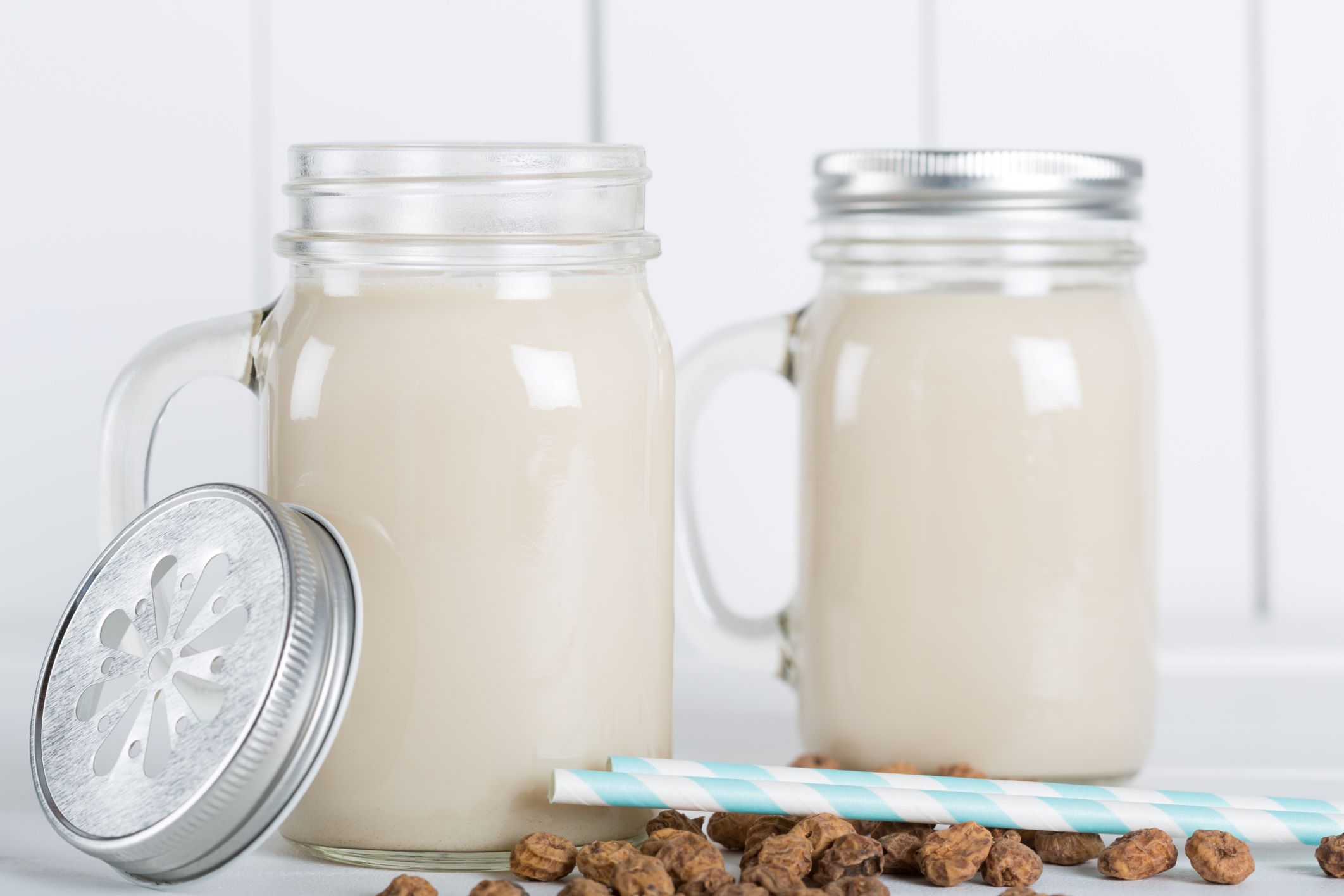
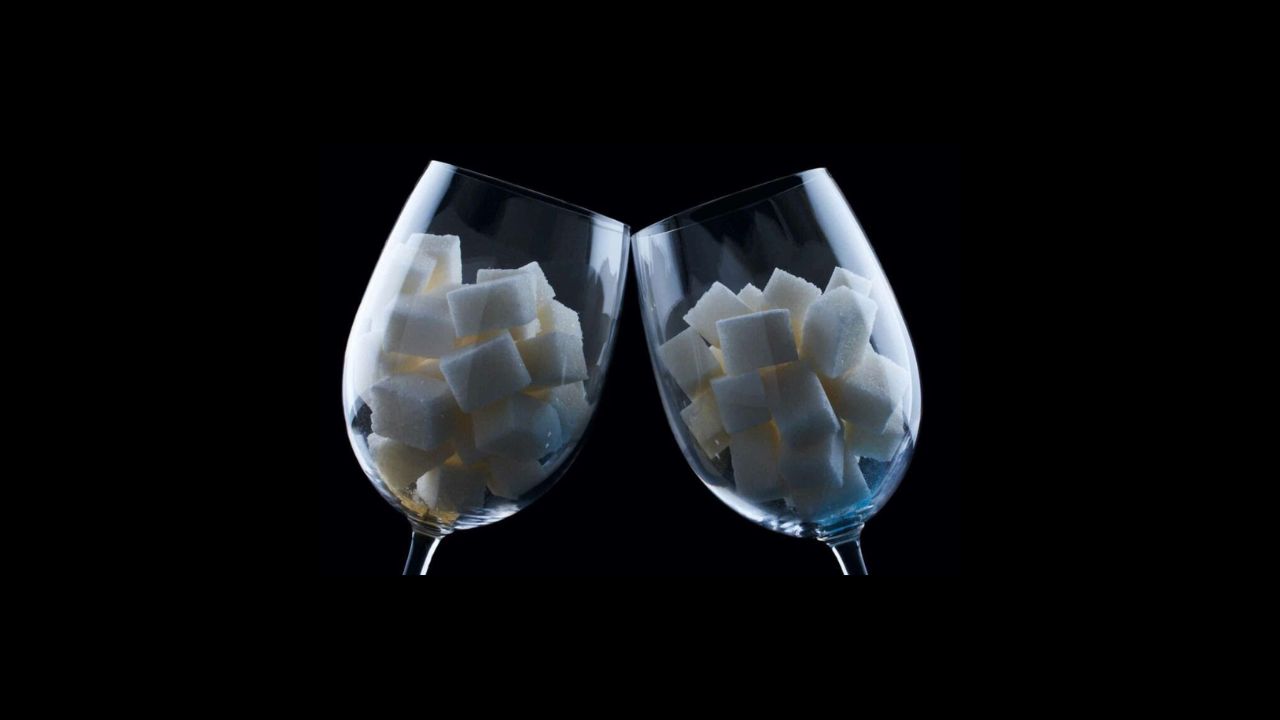
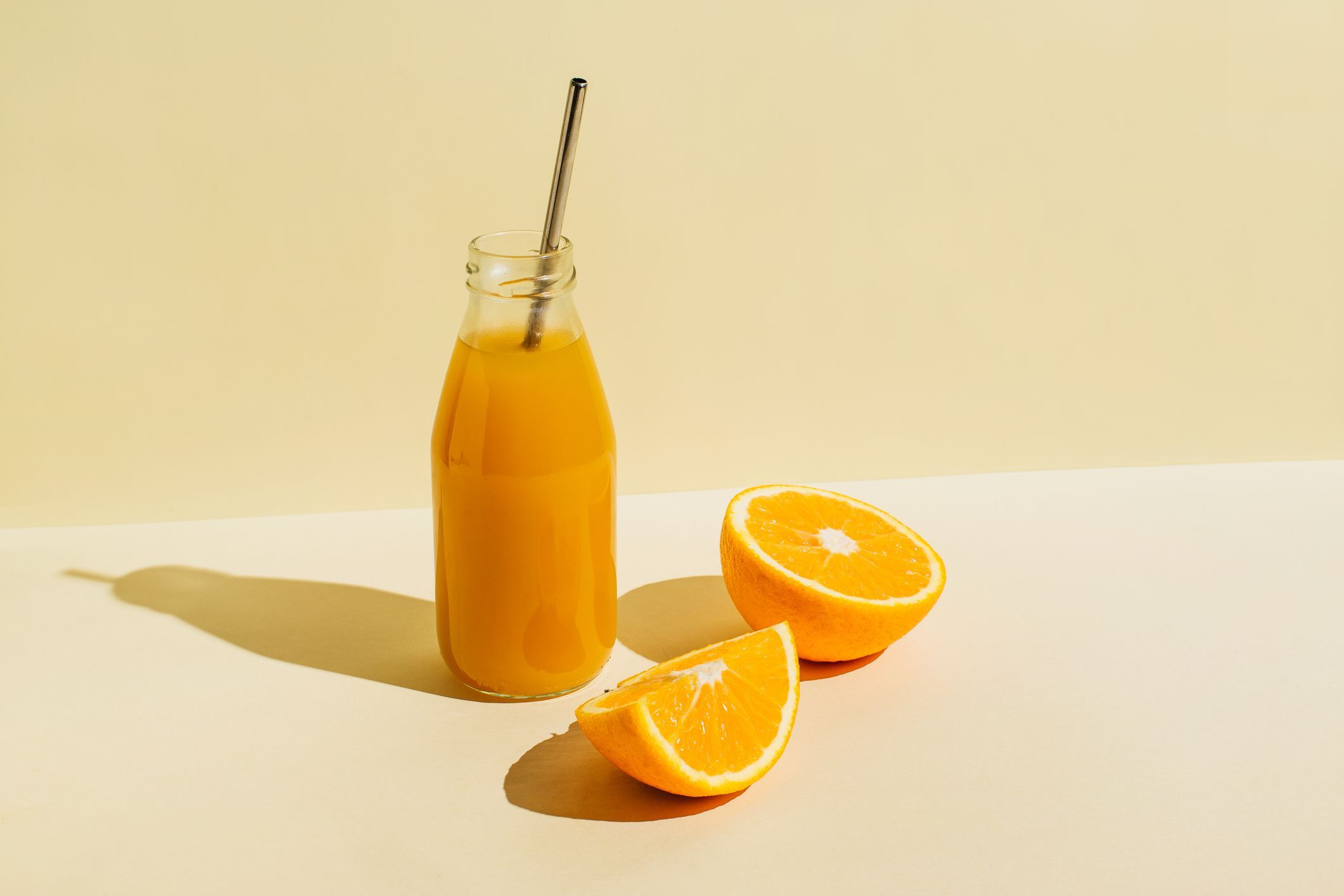
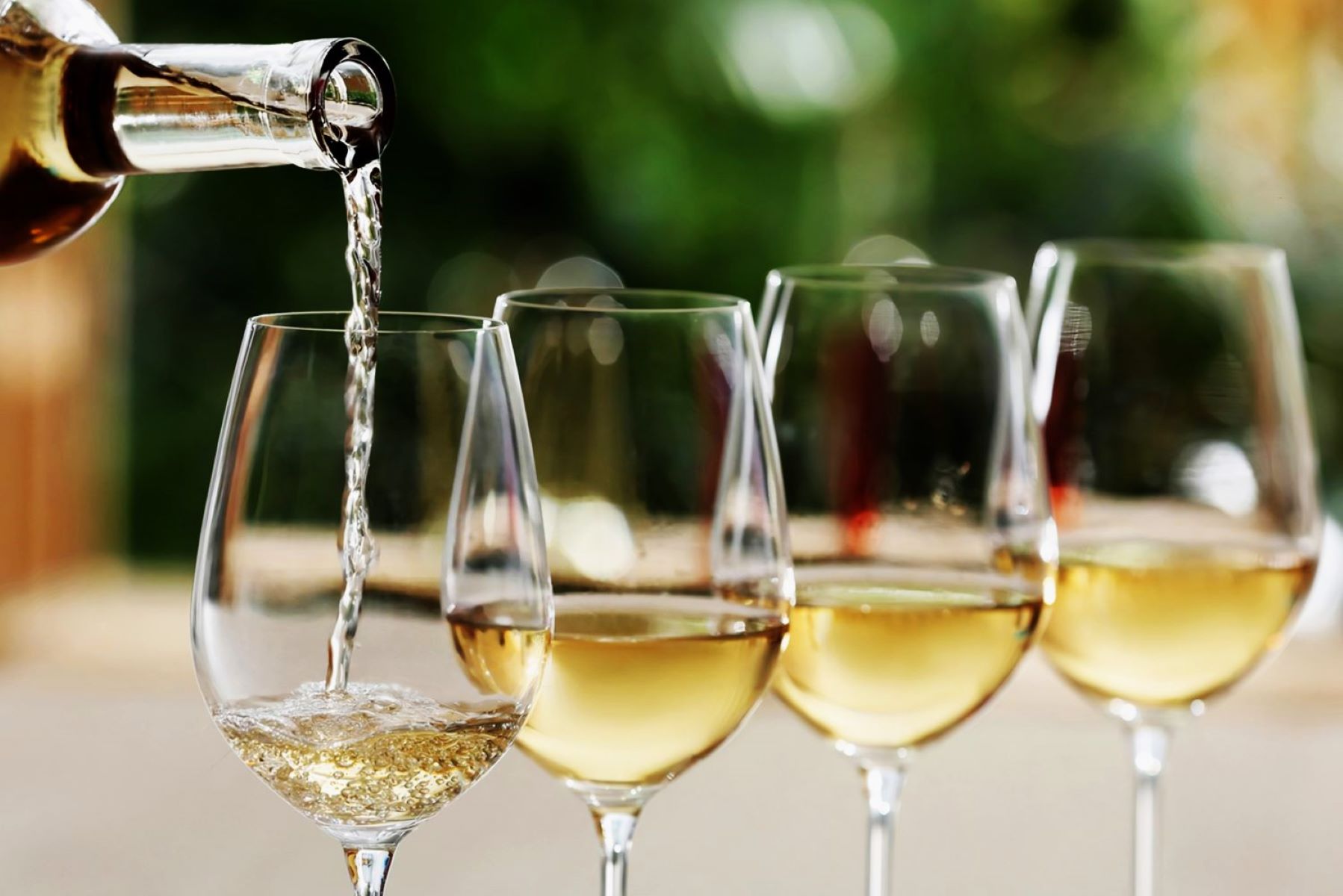

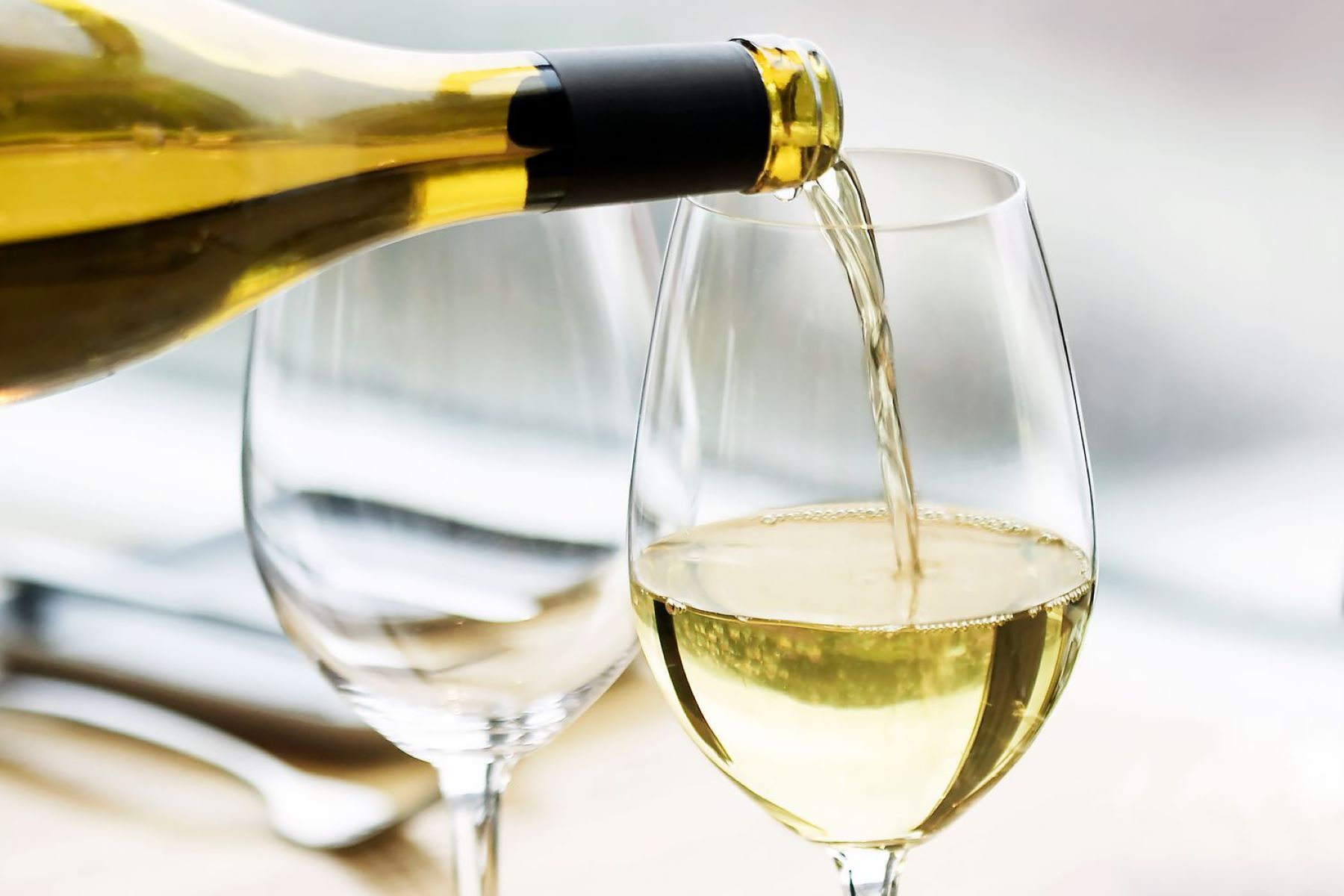


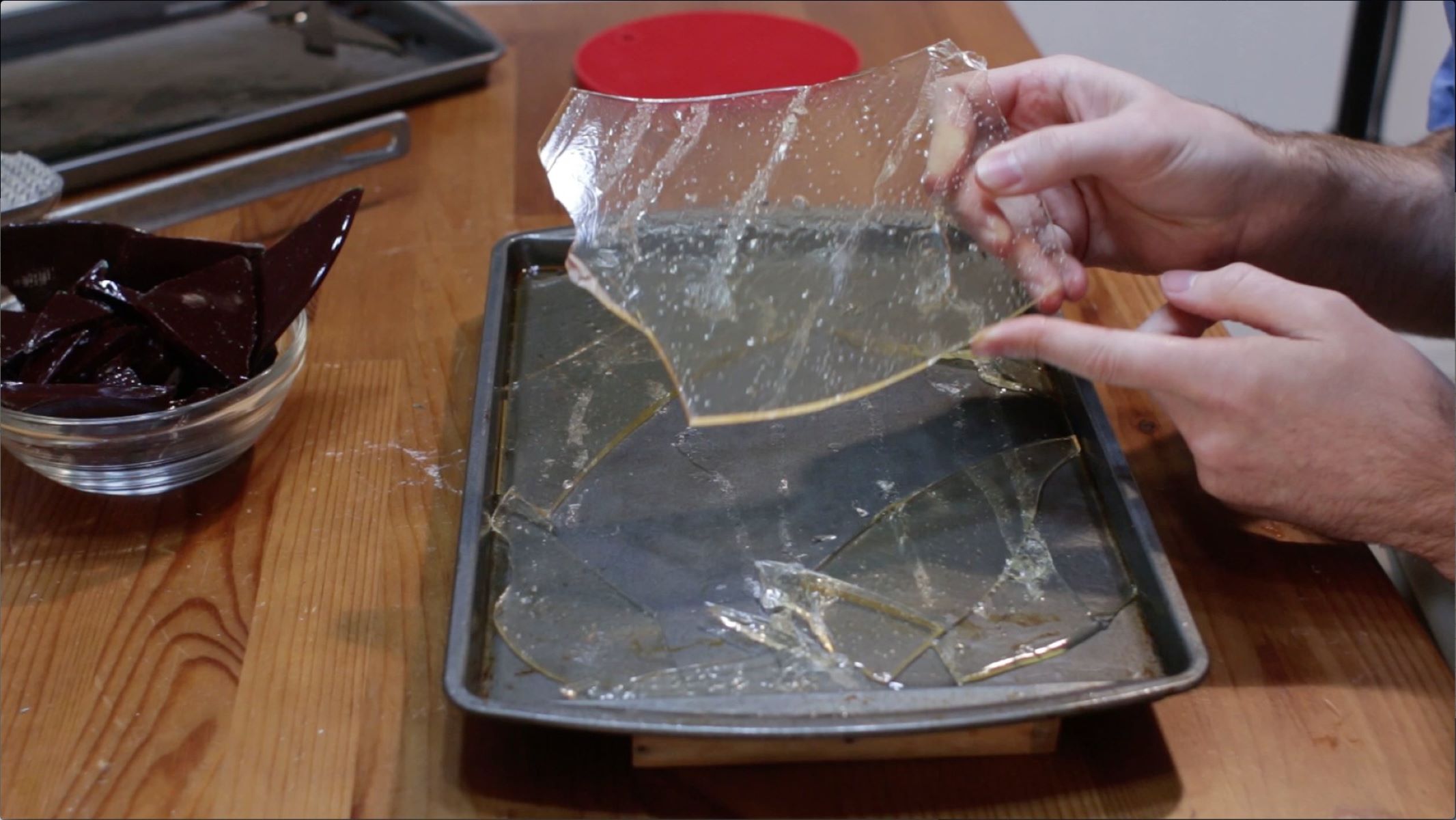
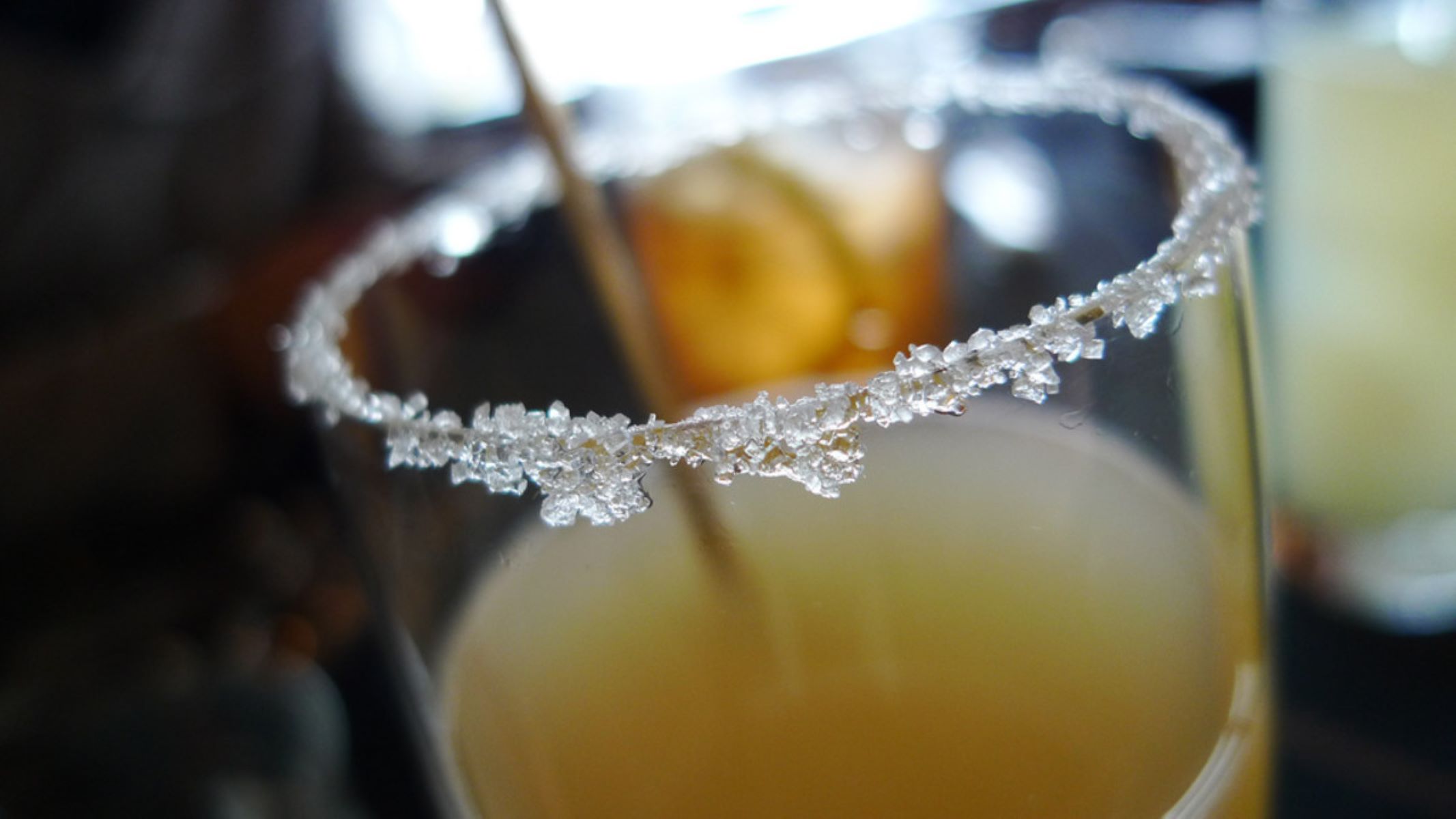


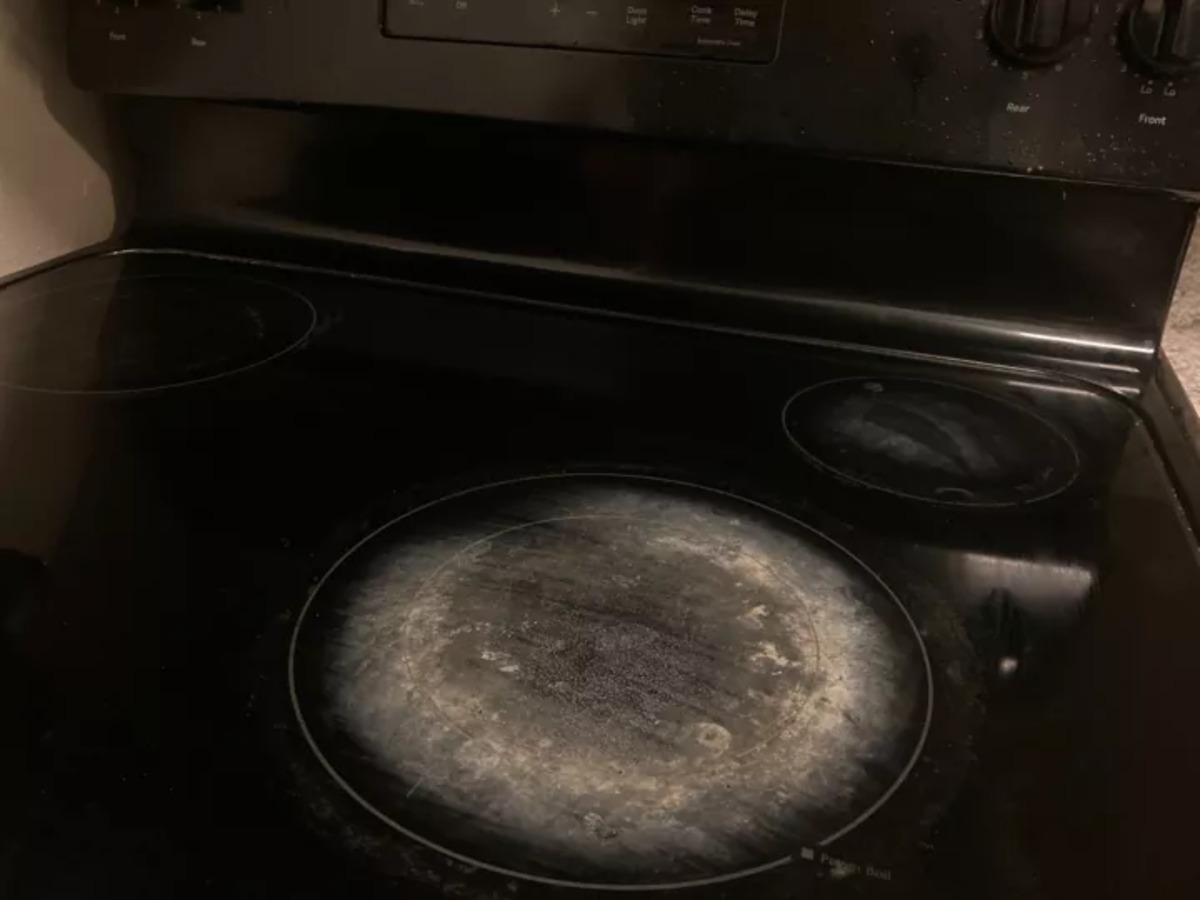
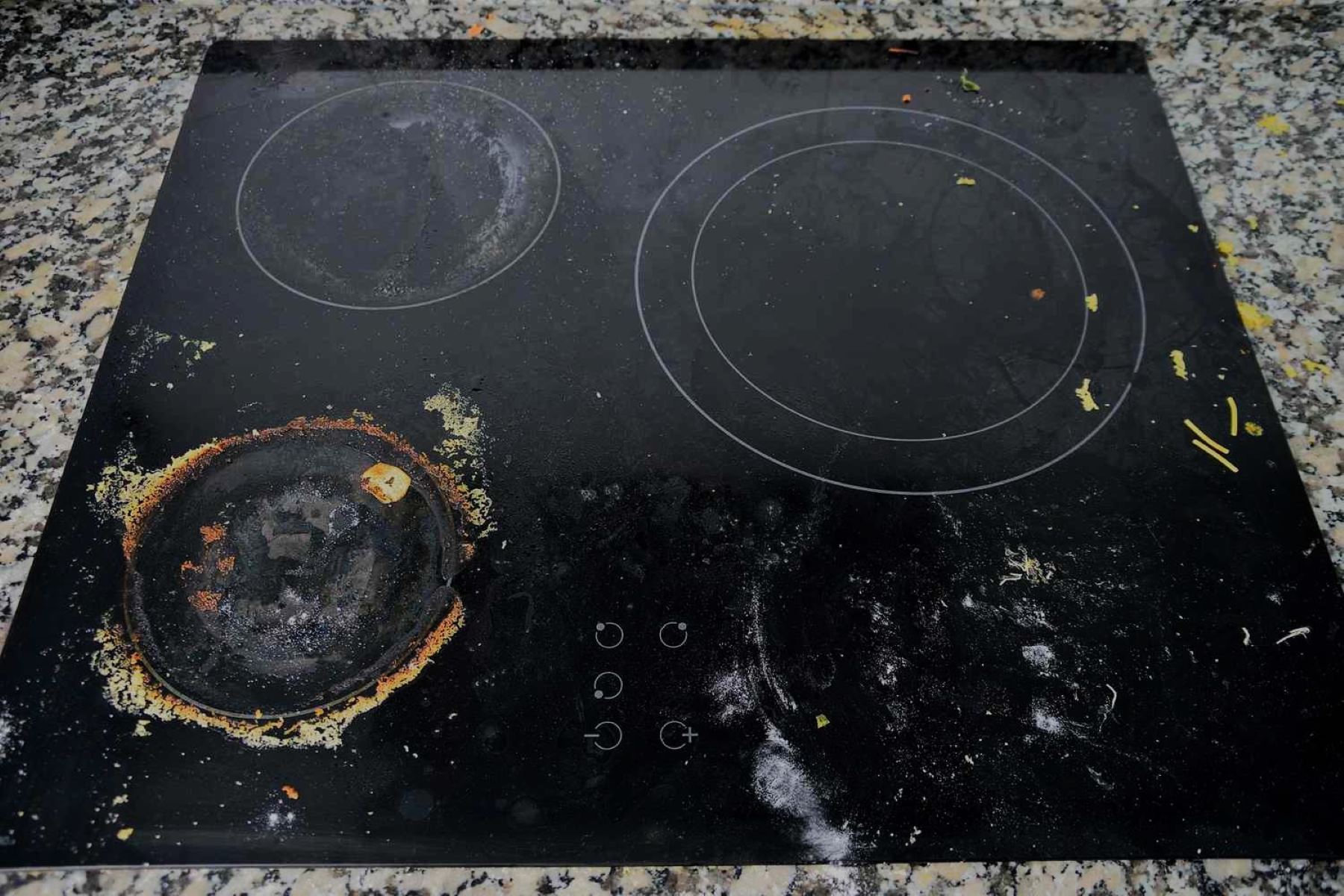

0 thoughts on “How Much Sugar Is A Glass Of Chardonnay”